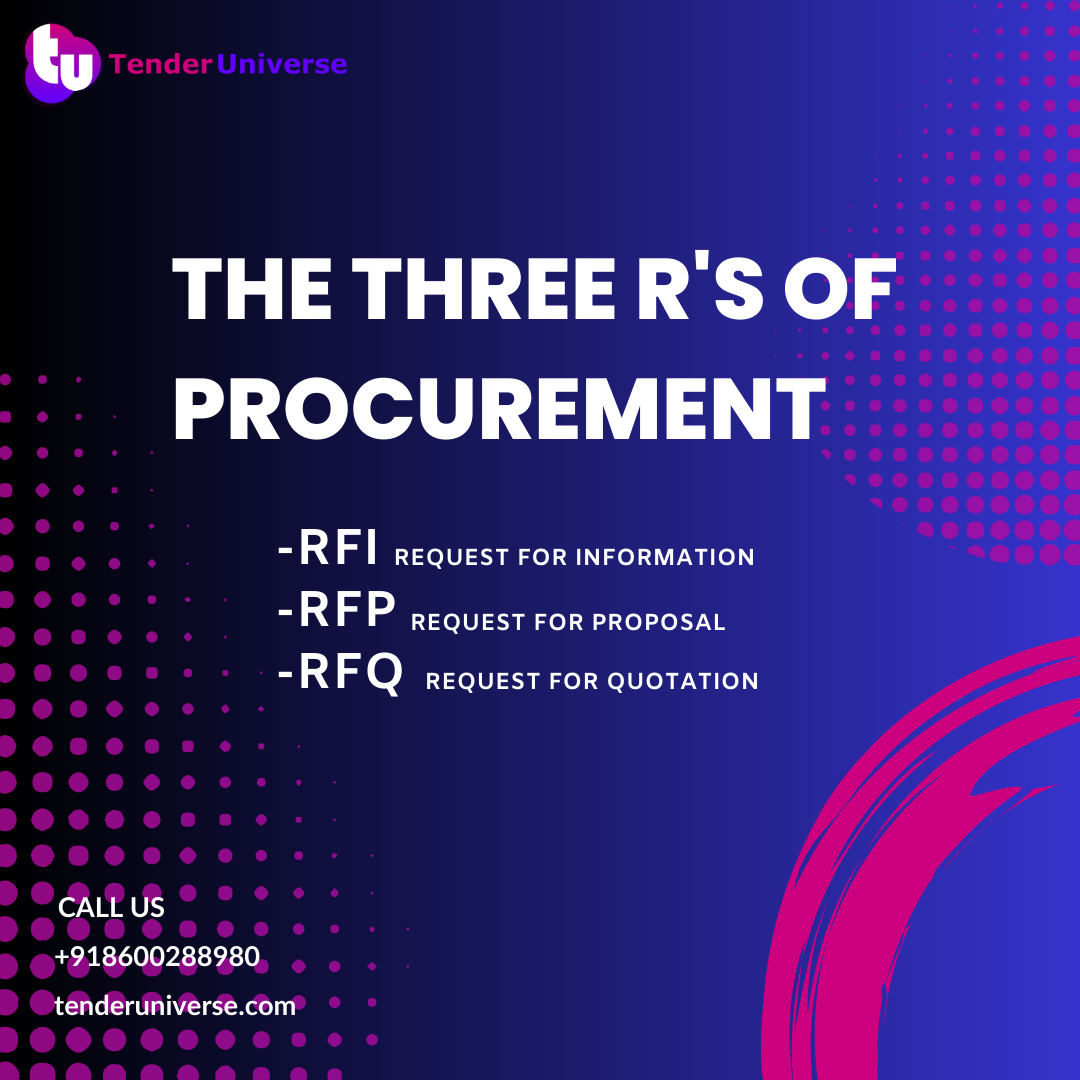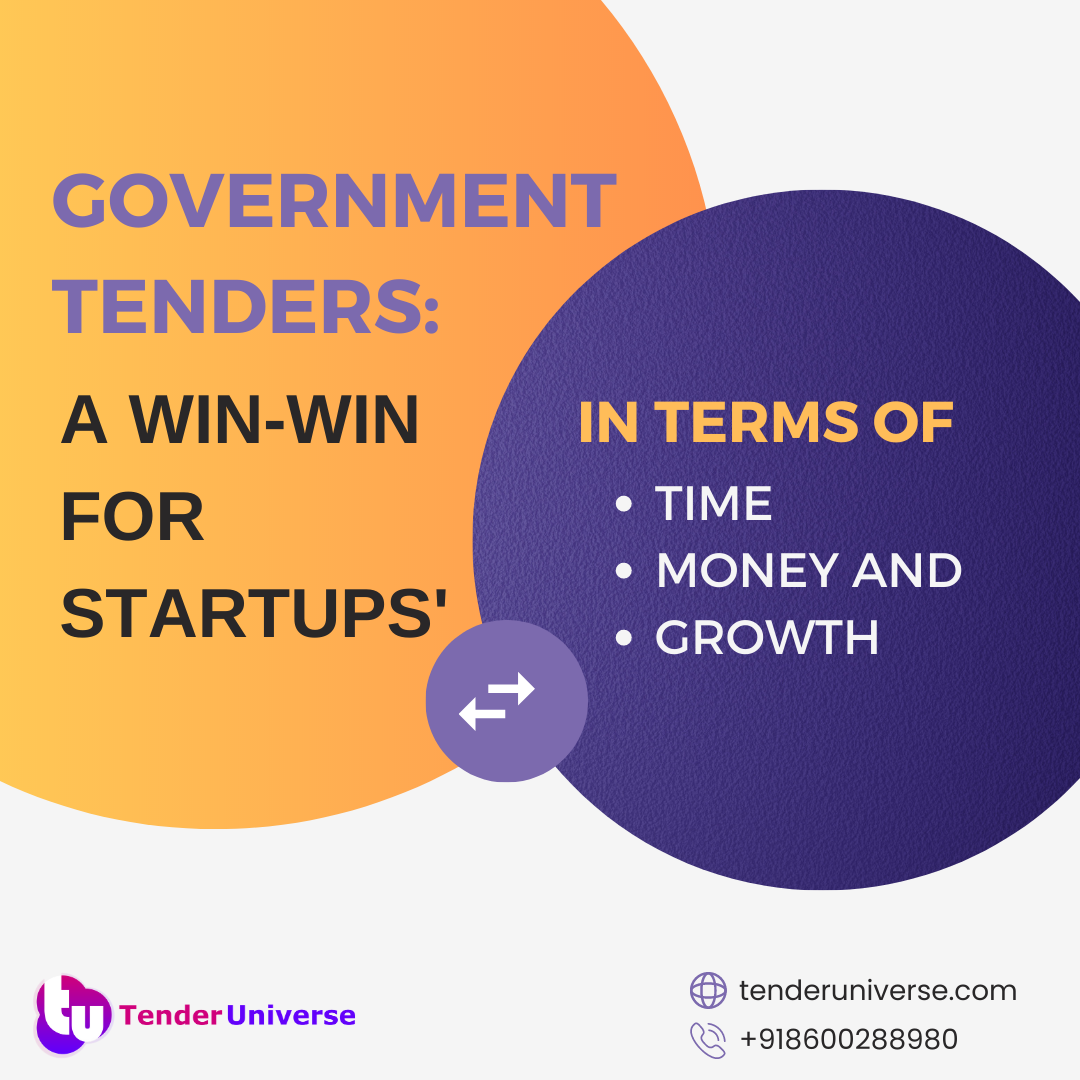
What is a Tendering and What are the Different Types of Tenders?
Tender refers to a process in which companies or individuals submit proposals to provide goods or services to another party. The party issuing the tender will assess the proposals and select the most suitable one for the job. Tenders can be issued by both government authorities and private industries, and they are often conducted electronically in modern times, hence the term "e-tendering." The goal of tendering is to provide a fair and transparent process for procuring goods and services, ensuring that the best supplier is chosen based on their ability to meet the requirements and offer value for money. Tendering can benefit both the suppliers and the party issuing the tender, as it allows suppliers to compete for contracts and helps the tender issuer to get the best deal. There are different types of tenders, and in this article, we will discuss the most common ones.
Open Tendering:
Open tendering is the principal module of e-tendering, and it can be employed by both government authorities and private industries. Anyone can propose a tender to provide services to another party, or another company can submit its tender. Open tenders are prevalent in the construction and engineering industry, and they provide opportunities for emerging suppliers in the market. However, the contract must be closely assessed to ensure its overall suitability.
Negotiated Tendering:
Negotiated e-tendering is more common in the construction and engineering industry. It can be used for specialist contracts or extending existing ones, and it can help avoid excessive spending. In negotiated tendering, the communication and information flow are excellent, and it can also be used for dispute resolutions.
Selective Tendering:
Selective tendering is by invitation only, and it requires a suitable track record, a sizable contract, and complicated liability paperwork. It provides clients with greater confidence due to the security and requirement-based module. However, it is considered a must-avoid option for new or smaller suppliers due to its complexity. BidAssist is an experienced company that can guide you through the complicated proceedings if you wish to undergo selective e-tendering.
Term Tendering:
Term tenders are usually employed on specific jobs that require a substantial amount of maintenance, and they are confined to a predetermined time scale. They can be ideal for taking on a standing offer of less-defined work, but they usually feature a deadline.
Serial Tendering:
Serial tendering is often used in the construction and engineering industry, and it involves issuing tenders on a regular basis. It is suitable for projects that require a continuous supply of goods or services, and it allows suppliers to submit offers on a regular basis.
Framework Tendering:
Framework tendering is often used by government authorities, and it involves setting up a framework of pre-approved suppliers for a particular type of goods or services. Framework agreements are used to streamline the tendering process, reduce costs, and increase efficiency.
Public Tendering:
Public tendering is used by government authorities to procure goods or services, and it is subject to public procurement regulations. It involves issuing a contract notice in the Official Journal of the European Union (OJEU) and inviting suppliers to submit a proposal. Public tendering is a competitive and transparent process that allows suppliers of all sizes to compete for government contracts.
In conclusion, tendering is a process that involves submitting proposals to provide goods or services to another party. The different types of tenders include open tendering, negotiated tendering, selective tendering, term tendering, serial tendering, framework tendering, and public tendering. Each type of tender has its advantages and disadvantages, and it is essential to choose the right one for your business. E-tendering has revolutionized the tendering process, making it more efficient, transparent, and cost-effective. If you're considering submitting a tender proposal, it's essential to understand the different types of tenders and choose the one that best suits your business needs.









.png)


.png)